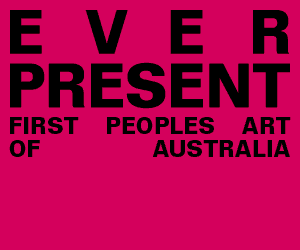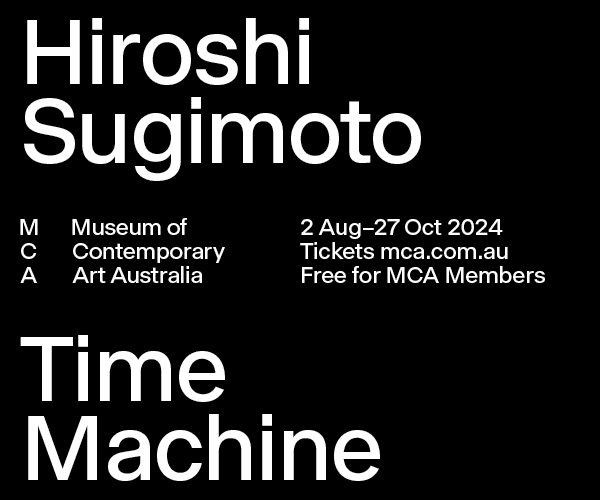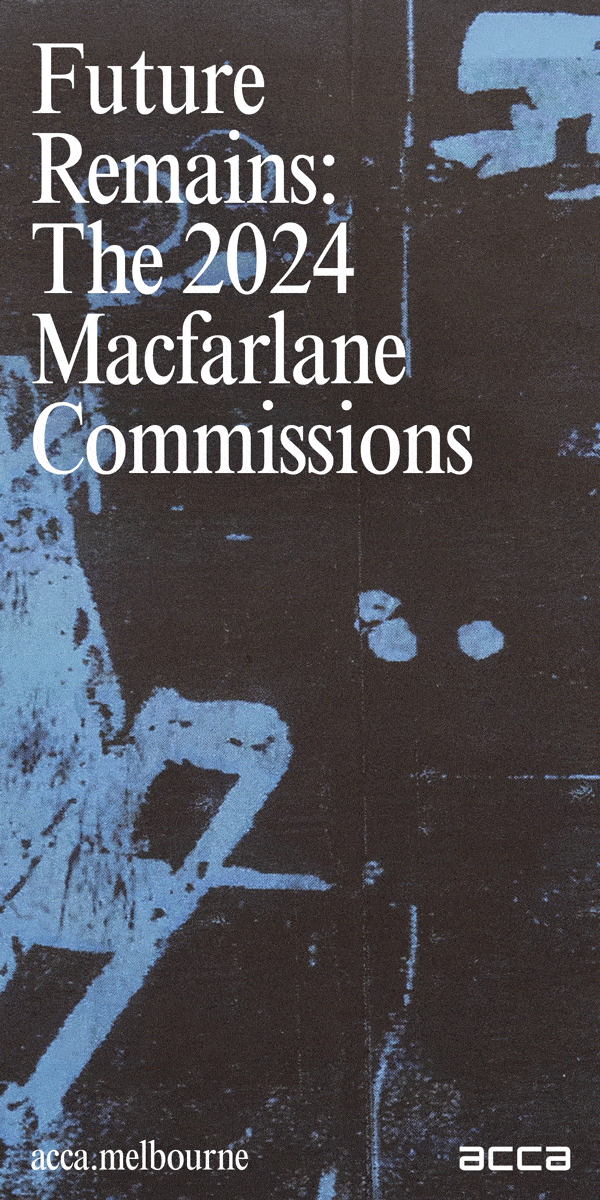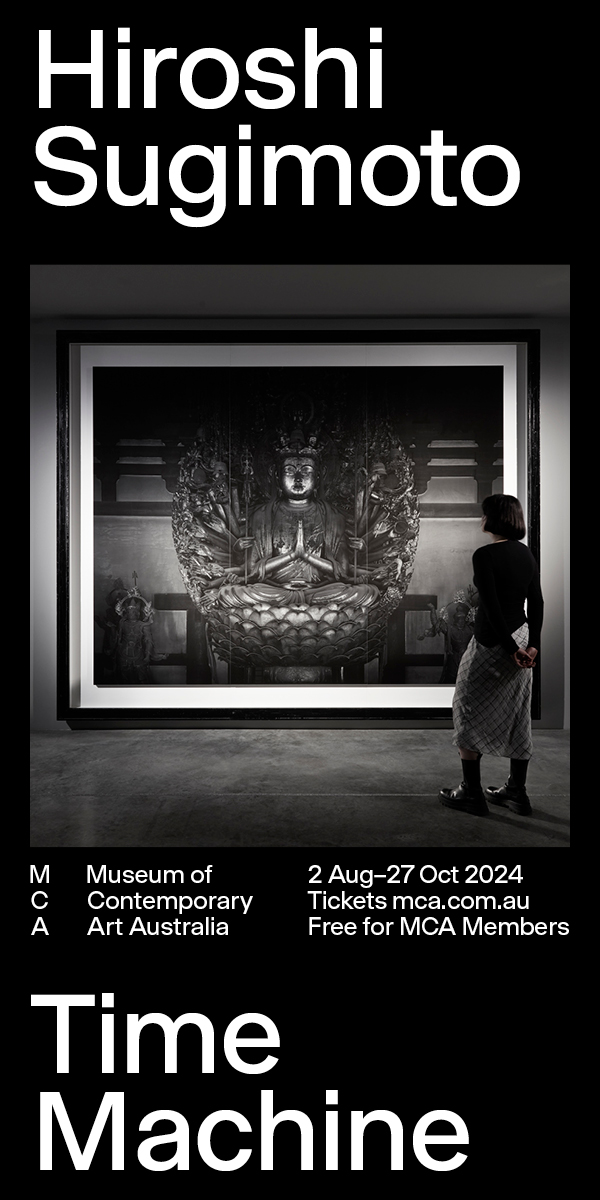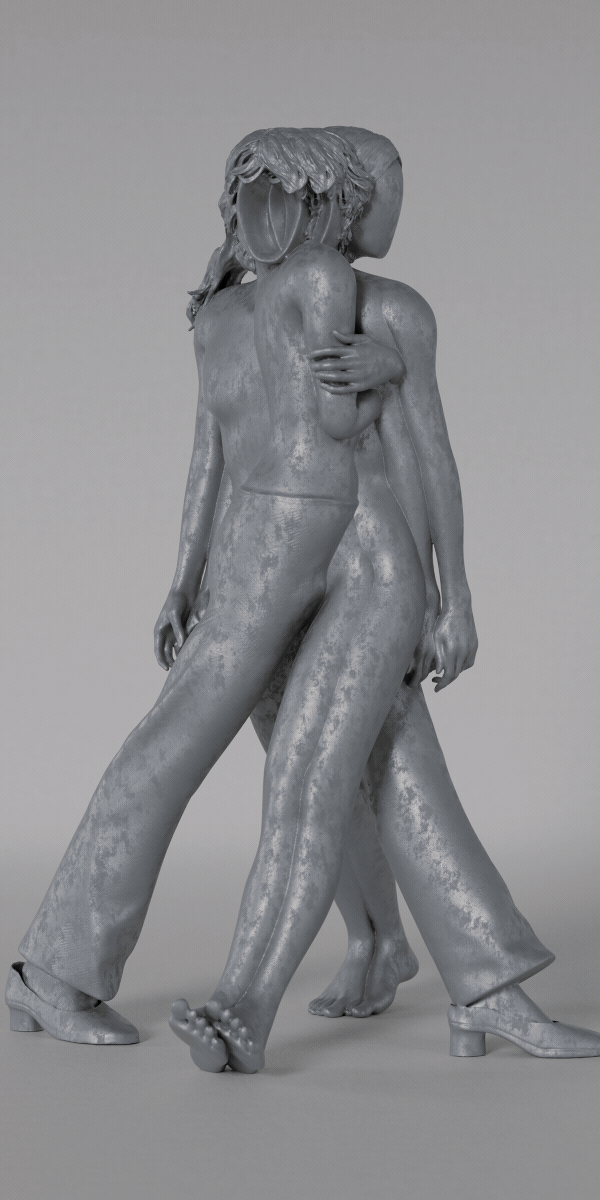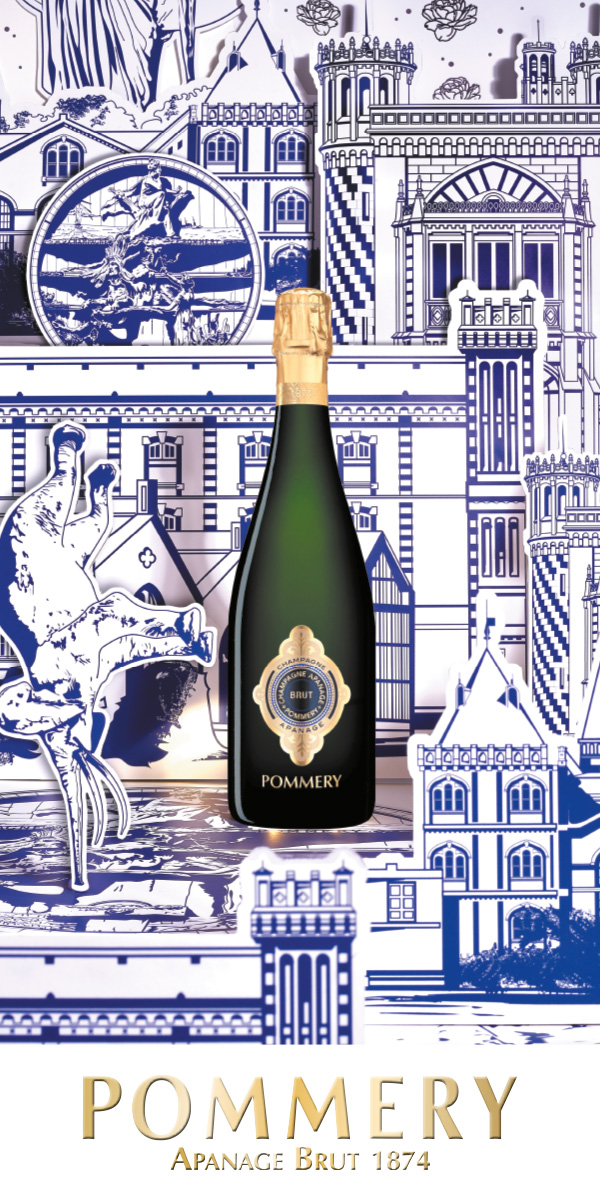Sophie Calle:
Fact & Fiction
One of the most influential artists of her generation, French artist Sophie Calle draws on her biography and the lives of others for her expansive projects that collapse the boundaries between art and life.
In his seminal 1981 book on photography, Camera Lucida, the theorist Roland Barthes observed that: “The ‘private life’ is nothing but that zone of space, of time, where I am not an image, an object.”1
It may have been radical at the time, but in our selfie and social media-obsessed age, Barthes’ proposition seems remarkably prescient. As does the work of Sophie Calle, a French artist who began exhibiting around the same time that Barthes was writing his treatise on photography. Calle’s furtive snapshots of strangers she followed around the canals of Venice, or invited into her bed, paired with the artist’s own confessional texts, were unlike anything else being made in the late 1970s.
Today, Calle is regarded as one of the most singular and influential artists of her generation, continuing to push boundaries with projects that mine her own biography, as well as the lives of others. Although Calle’s work is often discussed in relation to photography, the medium fails to accurately describe the scope of her practice. Calle’s images are almost always presented alongside text, evoking the cool aesthetic of conceptual art and archives, affording her work the look of objectivity even as its content challenges viewers to question the veracity of what they are seeing.
Lacking any formal qualifications, Calle started making art in 1978 when she returned to Paris after an extended time away. She moved in with her father, a significant collector of contemporary art. Like so much about Calle’s career, this biographical detail is important, as it was his . .. Subscribe to read this article in full





